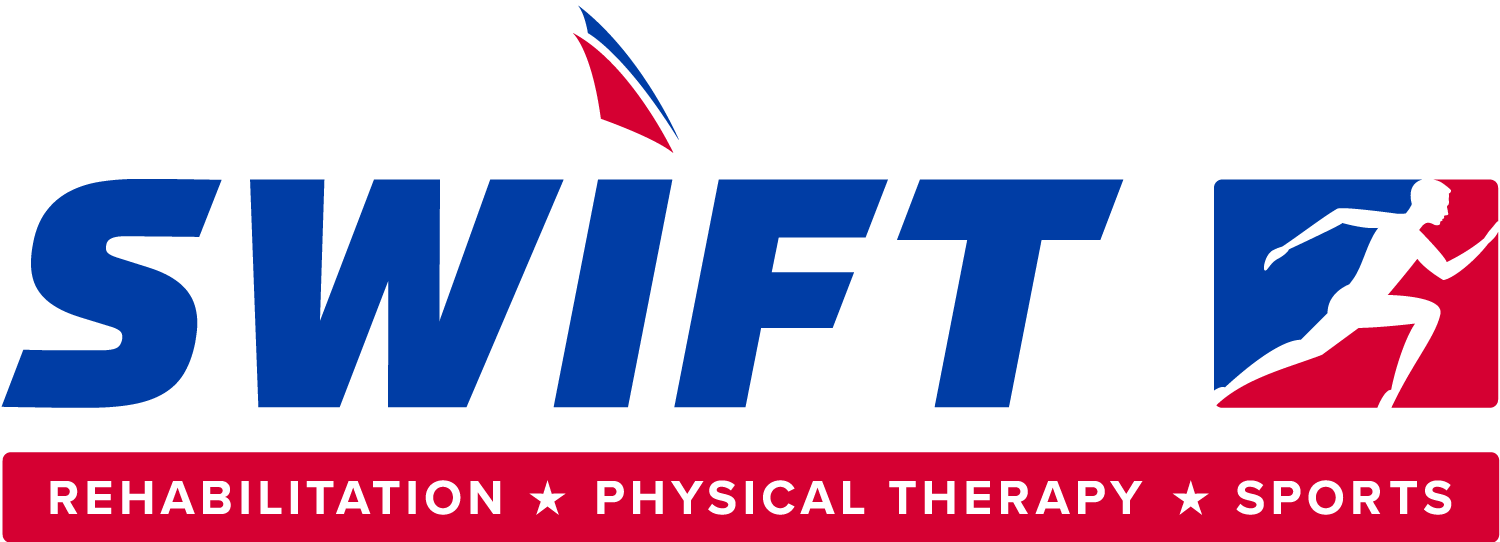Avoid a Drastic Call; Be Proactive to Prevent a Fall
By Scott Lynch MPT, PT and Samantha Brazington
June 7, 2018
Falls are one of the leading causes of injury and even death among those older than 65, however recent studies have found that falls can be prevented. The first recommended intervention made by the CDC is gait and balance assessments and training. Falling has become a public health threat as numbers of older Americans grow. Most recently the CDC reported that a senior dies every 20 minutes from a fall related injury, with 27,000 older Americans dying in 2014 from falls.
With these statistics it is clear that seniors over the age of 65 must take an active approach to identifying risk factors early on and then creating meaningful plans to reduce those risk factors. While this issue has many complex factors that contribute to the cause of falls we will focus on the impact of changes in gait and the specific interventions that gait training can have on reducing falls.
Walking is something that most of us take for granted because we do it automatically, however it is a complex motor skill that we learn. Many of us multitask while walking for example, completing chores around our home, picking up items from the floor, and hanging clothing in the closet seem like simple tasks to complete. As we age, however, changes to our gait and our ability to walk occur naturally, Dr. Stephanie Bridenbaugh, from the Basal mobility center gives the following examples: a decreased gait speed, shortened length of stride, toe push off and horizontal heel contact is also impacted. As previously mentioned, walking is a complex motor task, yet generally performed automatically by healthy adults. The attentional demands are therefore minimal. In older adults, age-related neuromotor changes such as reduced motor strength or decreased sensory input (vision, hearing, proprioception) increase the attentional demands needed for walking. This increased demand is met at the cost of a reduction in the central processing capacity for attentional reserve. (Bridenbaugh 2010) These changes seem small and insignificant but they translate into a lack of automatic walking, requiring the older American to focus completely on the task of walking.
Many seniors report a fear of falling, however are often reluctant to discuss their concerns with their doctor for fear of losing their independence, however including your health care providers in the conversation can help gain a better understanding of your current gait and balance needs. The gait assessment completed by a health care professional such as a physician, physical therapist, or nurse should include observation during ambulation, spatial-temporal analysis with specific measurements, cognitive-stress assessment, and a dual-task paradigm assessment. (Bridenbaugh 2010) Gait changes can be slight and can still cause a large risk factor for a senior, so identifying the specific measurements with a professional will be important. These assessments will help determine what supports and training will be necessary to improve mobility and create a plan to improve walking and reduce fall risk.
Interventions for gait training should include dual or multi-tasking strategies, as noted before the ability for the CNS to complete processing for attentional reserves is reduced, therefore improving the ability to complete multiple task while walking will reduce the risk of falling. A study completed by Beauche found that participants that completed rhythmic tasks like counting and walking at the same time not only enhanced their gait regularity but also improved cognitive performance. Cognitive performance improvement influences the ability to process multiple tasks while walking and should be considered medically as well. Also notable is that a regular, long-term practice of Jaques-Dalcroze eurhythmics (JDE), consisting of multitask exercises requiring high levels of attention, memory and coordination performed to the rhythm of improvised piano music, may prevent age-related increases in gait variability under dual-task conditions. (Bridenbaugh 2010)
Other tasks include long term social dancing compared to a control group of non-dancers and tai chi exercises that are muti-task oriented, rhythmic. Long term social dancers had a better mobility speed, longer steps and strides, and a better swing in their step. Tai chi involves increasingly difficult, slow, graceful movements over a progressively diminishing base of support, which challenges balance and facilitates concentration on the body position. (Bridenbaugh 2010) The study completed showed a reduction of 47% in fall risk after completing a 15 week exercise course compared to the education only group. The results of both of these studies were significantly impacted by music and rhythm. Rhythmicity is an essential element of movement and integral to many motor control functions. (Bridenbaugh 2010)
The goal for gait training is improving gait automaticy, ambulation, and balance. The ability to complete more than one task at a time is integral to our everyday functioning and maintenance of independence. Dual- paradigm assessment and intervention can make an impact when identified early before the first fall. Early assessment of gait and balance is the key to early intervention. There are many options currently available to address gait concerns in older Americans that will allow seniors to live safer and more independently.
Reference Citations:
Dr. Stephanie Bridenbaugh. “ Laboratory Review: The Role of Gait Analysis in Seniors’ Mobility and Fall Prevention .” Gerontology, no. 11, 27 Oct. 2010, pp. 256–264., doi:10.1159/000322194 .




